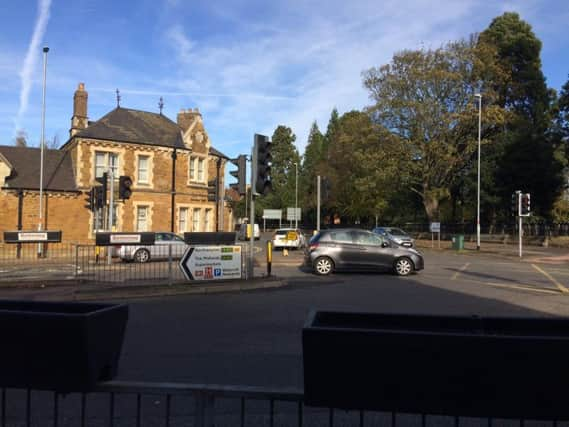Improvements planned for Kettering's most polluted road


Nitrogen oxide levels at the junction of Bowling Green Road and London Road are the highest in the town and for a while have been hitting the mark where Kettering Council legally has to take action.
The council has been working with the highways authority Northamptonshire County Council to come up with some improvements to reduce the levels.
Advertisement
Hide AdAdvertisement
Hide AdA report that will be looked at by Kettering councillors next Tuesday (May 21) says: “The county council has proposed to undertake junction improvement works to elevate the congestion at the junction. We have been working with them to determine, in advance of any work, future traffic flows and likely impact of these traffic flow changes on air quality both at the junction and in the nearer vicinity.”
But the report says any road works must result in ‘improving air quality in general and not just displacing the existing issue.”
The volume of traffic on the road and the congestion, combined with the close proximity of houses to the road, is thought to be causing the high nitrogen oxide levels. Nationally poor air quality is a growing issue and it is proven that it can cause health problems including respiratory problems.
All councils are required by law to monitor air pollution levels across their towns and these are done using diffusion tubes placed at anticipated hot-spot areas.
Advertisement
Hide AdAdvertisement
Hide AdThe objective level is 40.2µg/m3 and at times the levels at the junction of Bowling Green Road have hit 57.3µg/m3.
Before any works can take place, on-site surveys will be needed and the council says it will report them back to the audit committee later in the year.
The works will be paid for from existing highways budgets and 106 payments – which are paid to council’s by developers for public services.